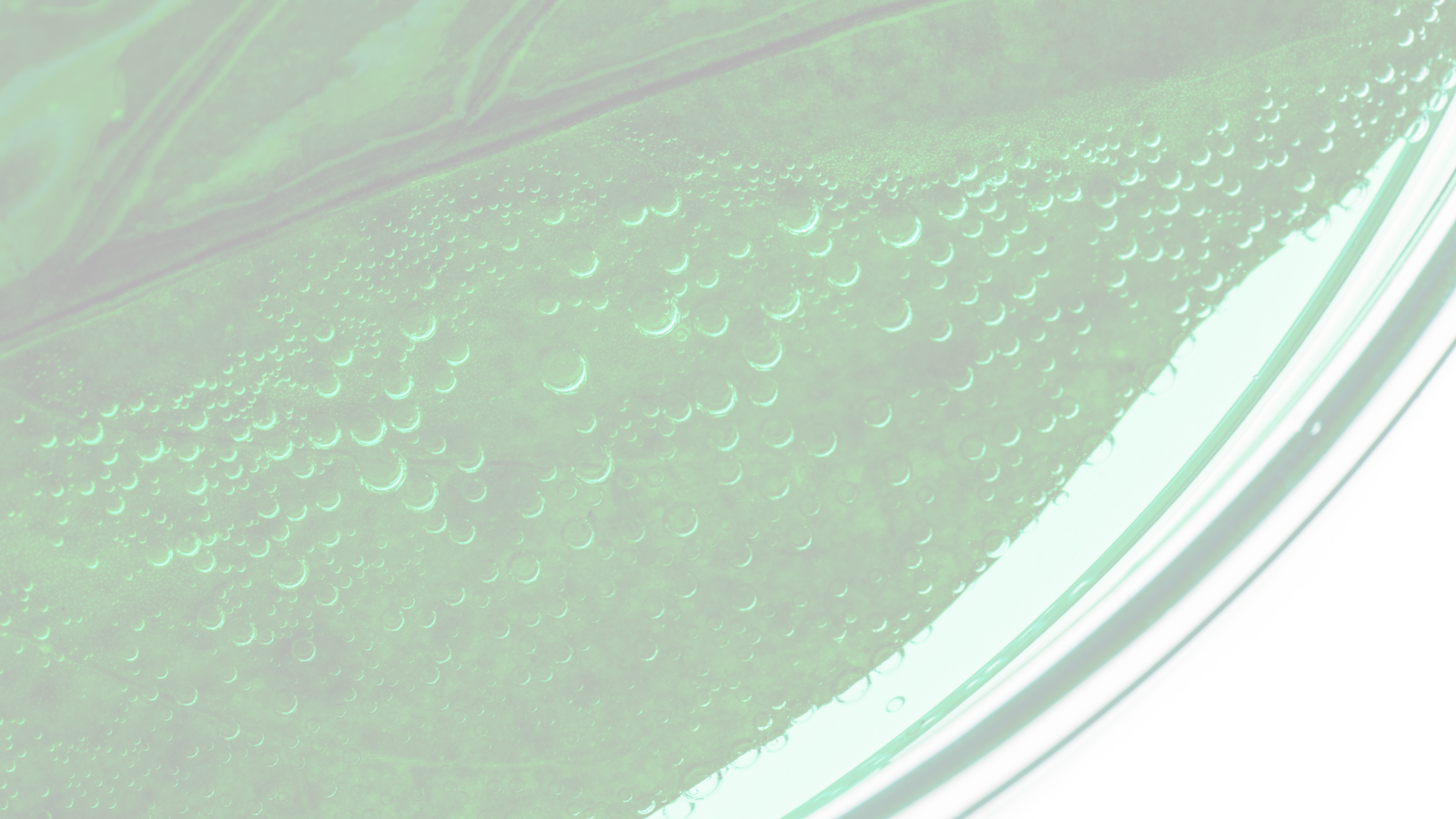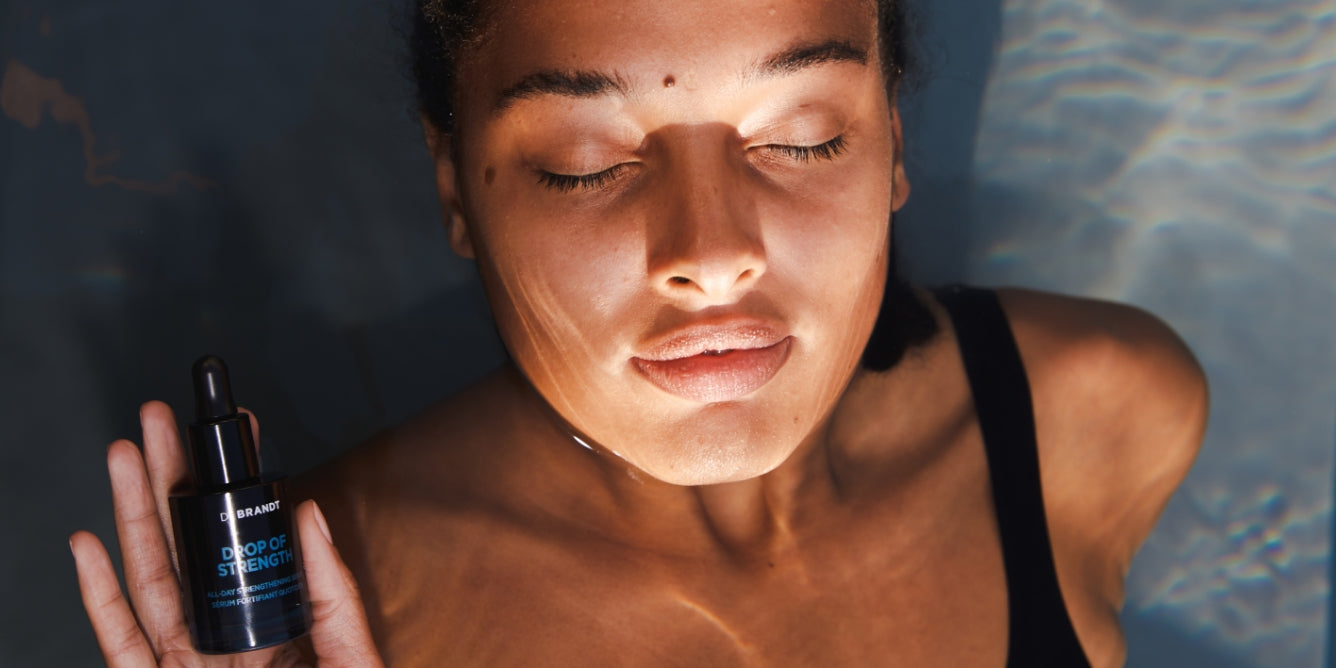
You always hear people talking about pores when it comes to good skincare - unclogging, clearing, shrinking, minimizing - but we asked our Skin Advisory Board member Dr. Shasa Hu to shed some knowledge on pores and what we truly need to know to keep our pores clear and gunk-free. Dr. Shasa Hu is a board-certified dermatologist with a very active clinical practice of general and cosmetic dermatology.

What Are Pores?
Pores are tiny openings in our skin so that our skin can breathe, regulate temperature and flush out sweat, oil and toxins. The pores on our hands and palms are hairless but the pores on other parts of our skin have either coarse terminal hair or fine vellus hair coming out of them. The average adult has five million poreson their body with approximately 20,000 on their face alone, no wonder we are obsessed with pores!
If we delve into the structure of our pores, we can appreciate its function even better. A pore is the opening on the surface of our skin, but the underside of the pore - the acrosyringeal unit - is composed of the hair follicle, oil gland, sweat gland and the lining of the pore. That pouch or the duct leading to each pore opening can become clogged with excess sebum, or oil, dead skin and can harbor a variety of microorganisms.
The key to maintain healthy pores, or the openings in our skin, is adequate turnover of the cells lining the pores and a balanced microbiome to minimize problems such as acne, black heads, white heads and folliculitis.
What determines pore size?
While we idolize a poreless and porcelain skin texture, the reality is that we need pores for our skin and our bodies to function. Without pores, our bodies wouldn’t be able to adjust to humidity or temperature. We also excrete toxins and byproducts of various medications and nutrients through our pores. So instead of trying to cover up our pores, we should strive to keep them clean. It is very difficult to permanently reduce the size of pores as that is genetically predetermined along with environmental exposure and behavior, which have a minor impact.
The pores on the nose and T-zone are usually bigger than pores on other parts of the body due to the increased oil production and increased amount of oil glands in those areas. Hormone fluctuations, especially those occurring during pregnancy and menopause also affect the size and the activity of our pores so many women experience heightened issues of clogged pores, acne breakouts and blackheads as they go through these life changes.
Chronic sun damage also increases pore size, particularly on the cheekbones, lateral eyelids and forehead. The UV damage chews up the collagen and elastin supporting the pouch and the opening of the pores. As the connective tissue around the ducts and the pores become loose, the pores become more dilated and loose with less support.
Tips and Recommendations to minimize large pores
The most important habit for keeping pores healthy is to wash your face twice a day. This may sound basic, but a lot of teens and busy adults skip this step. Using a gentle cleanser and lukewarm water twice a day will help to remove dirt, excess oil and dead skin cells. For people struggling with pore clogging, black heads or large pores, adding alpha hydroxy acids or beta hydroxy acids such as glycolic acid, salicylic acid, malic acid, citric acid will be beneficial in exfoliating the pores at a deeper level, and promoting healthier cell turnover.
AHA and BHA cleansers can make your skin more sensitive, so it is important to include sunscreen SPF 30 or higher during the day and balance out the exfoliation with an oil free hydrator or light moisturizer.
A weekly mask with AHA/BHA can power up your routine to further clean out and de-clog your pores and give your skin a deep exfoliation. Benzoyl peroxide, sulfa, and a few botanical extracts such as iris also help to unclog pores and target bacterial overgrowth that is often associated with excessive oil production and clogged pores.
Lastly adding a retinol at night will help to further clean out the pores, refine the appearance of pores and in the long run, help to even out complexion and textual irregularities via increased collagen production. Retinol is particularly helpful in targeting sun induced enlargement of pores as retinol can help your skin to repair cellular damage from UVR and boost collagen production.

What can’t you do about pores?
Because the sizes and density of our pores are genetically predetermined, it is very difficult to dramatically “shrink” our pores without getting office based cosmetic treatments. Treatments such as FRAXEL laser, micro-needling and medium to deep chemical peels will reduce pore size by remodeling the collagen and boosting skin firmness. The results of these office-based procedures can last 6-12 months or longer. Temporary minimization of pore size can be achieved with primers and makeup by “filling” in at the surface level, but the effects last only as long as the product’s longevity on your face. Despite the fact that our pore size remains relatively constant, it is still important to incorporate products that target pore congestion, excessive oil production or bacterial overgrowth. In the long run, the same ingredients that target cellular renewal, over production of sebum and clogging of pores such as AHA, BHA and retinol also help to maintain a youthful complexion. Let’s embrace our pores, give them TLC so that they stay fresh and healthy!
Dr. Brandt Skincare is now offering FREE Virtual one-on-one consultations with our Skincare Experts! Click here to book an appointment.










Leave a comment (all fields required)